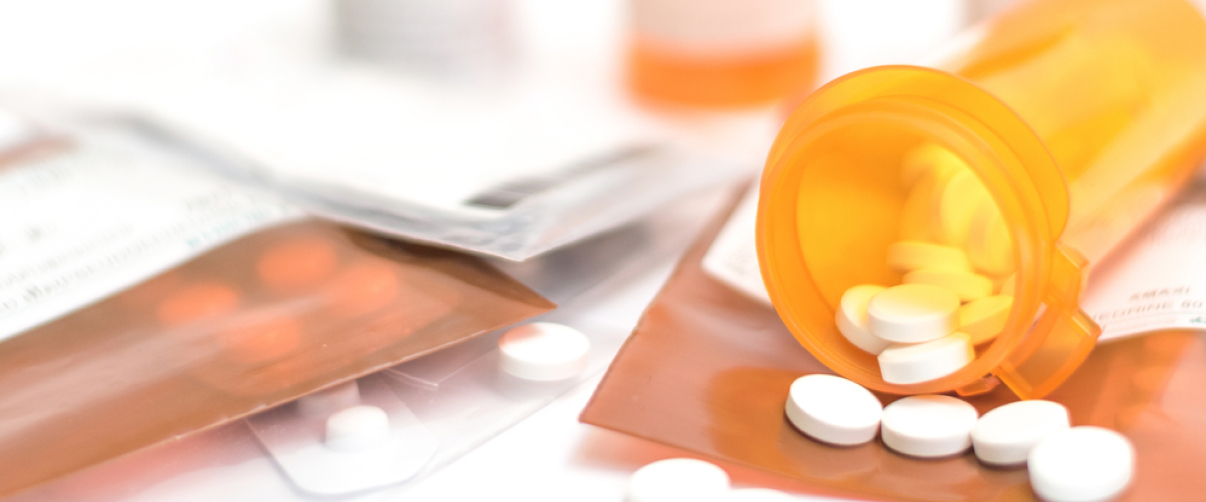Navigating Medicare can be complex, especially when it comes to prescription drug coverage. Medicare Part D is an essential component that helps beneficiaries afford the medications they need. In this article, we’ll explore what Medicare Part D is, how it works, upcoming changes, and how you can make the most of your coverage.
Medicare and Prescription Drugs: Understanding Part D and How It Works

What is Medicare Part D?
Medicare Part D is an optional program that helps cover the cost of prescription drugs for anyone with Medicare. It’s offered through private insurance companies approved by Medicare. Even if you currently do not use prescription drugs, enrolling in Medicare Part D is recommended to avoid a late enrollment penalty should you need the coverage later.
How Does Medicare Part D Work?
There are two primary ways to get Medicare prescription drug coverage:
-
Medicare Drug Plan (Part D): You can add a separate Medicare drug plan to your Original Medicare (Part A and/or Part B). This allows you to keep your existing coverage and add prescription drug benefits.
-
Medicare Advantage Plan (Part C): These plans combine Part A (hospital insurance), Part B (medical insurance), and usually Part D (prescription drug coverage) into one plan. Medicare Advantage Plans combine coverage for hospital, medical, and prescription drugs into a single plan.
Understanding Part D Costs
Costs associated with Medicare Part D can include premiums, deductibles, copayments, and coinsurance. These costs vary depending on the plan you choose and your income level.
-
Premiums: This is the monthly fee you pay to have prescription drug coverage. Higher-income beneficiaries may pay an additional amount.
-
Deductibles: This is the amount you pay for your prescriptions before your plan begins to pay its share. The deductible cannot exceed $590 in 2025.
-
Copayments/Coinsurance: After meeting your deductible, you’ll pay a portion of the cost for your prescriptions during the initial coverage period.
-
Late Enrollment Penalty: If you go 63 days or more without creditable prescription drug coverage, you may have to pay a late enrollment penalty if you decide to join later.
Phases of Part D Coverage
Medicare Part D coverage is divided into phases that affect how much you pay for your prescriptions throughout the year.
-
Deductible Period: You pay the full price for your medications until you reach your plan’s deductible. For 2025, the deductible cannot exceed $590.
-
Initial Coverage Period: After meeting the deductible, you share the cost of your prescriptions with your plan through copayments or coinsurance until your total drug costs reach $2,000.
-
Catastrophic Coverage Phase: Once your out-of-pocket costs reach $2,000, you enter catastrophic coverage and pay nothing for covered drugs for the rest of the year.
Changes Coming in 2025
Significant changes are on the horizon for Medicare Part D:
-
Out-of-Pocket Cap: There will be a new $2,000 out-of-pocket cap on prescription drug spending. After reaching this limit, you won’t have to pay any more for your covered medications that year.
-
Cost-Sharing Adjustments: The share of costs paid by Part D plans and drug manufacturers will increase, while Medicare’s share will decrease. This is part of efforts to address prescription drug costs mandated by the Inflation Reduction Act.
-
Premium Changes: A demonstration limits premium increases for Part D plans to 6%, which may affect the premiums of some plans.
Assistance Programs for Prescription Costs
If you’re concerned about the costs of prescription drugs, several programs can help:
-
Extra Help: A program that helps people with limited income and resources pay for Medicare prescription drug costs, such as premiums, deductibles, and coinsurance.
-
State Pharmaceutical Assistance Programs (SPAPs): State-run programs that help residents pay for prescription drugs.
-
Pharmaceutical Assistance Programs (PAPs): Programs offered by drug manufacturers to provide free or low-cost medications to those who qualify.
-
LI NET Program: Medicare’s Limited Income Newly Eligible Transition program provides immediate, temporary prescription drug coverage for low-income Medicare beneficiaries.
These programs can significantly reduce your out-of-pocket costs for prescription drugs.
Enrollment Periods
Enrollment in Medicare Part D is only available during specific times:
-
Initial Enrollment Period (IEP): A seven-month period when you first become eligible for Medicare, typically around your 65th birthday.
-
Annual Enrollment Period (AEP): From October 15 to December 7 each year. You can join, switch, or drop a plan during this period.
-
Special Enrollment Periods (SEPs): Certain life events, such as moving or losing other insurance coverage, may qualify you for a SEP.
Failing to enroll when you’re first eligible may result in a permanent late enrollment penalty added to your monthly premium.
Choosing the Right Plan
Selecting a Medicare Part D plan involves considering several factors:
-
Formulary: The list of prescription drugs covered by the plan. Plans categorize drugs into tiers that determine your cost-sharing responsibilities.
-
Network Pharmacies: The pharmacies where you can fill prescriptions at the plan’s negotiated rates.
-
Coverage Restrictions: Some plans may have prior authorization requirements, step therapy protocols, or quantity limits.
It’s important to compare plans to find the one that best fits your prescription drug needs.
Conclusion
Medicare Part D plays a crucial role in helping beneficiaries manage the costs of prescription drugs. With upcoming changes aimed at reducing out-of-pocket expenses and simplifying coverage phases, it’s more important than ever to understand how Part D works. Review your options, consider your medication needs, and take advantage of assistance programs if you qualify.
By staying informed and proactive, you can make the most of your Medicare prescription drug coverage and ensure you have access to the medications you need.











